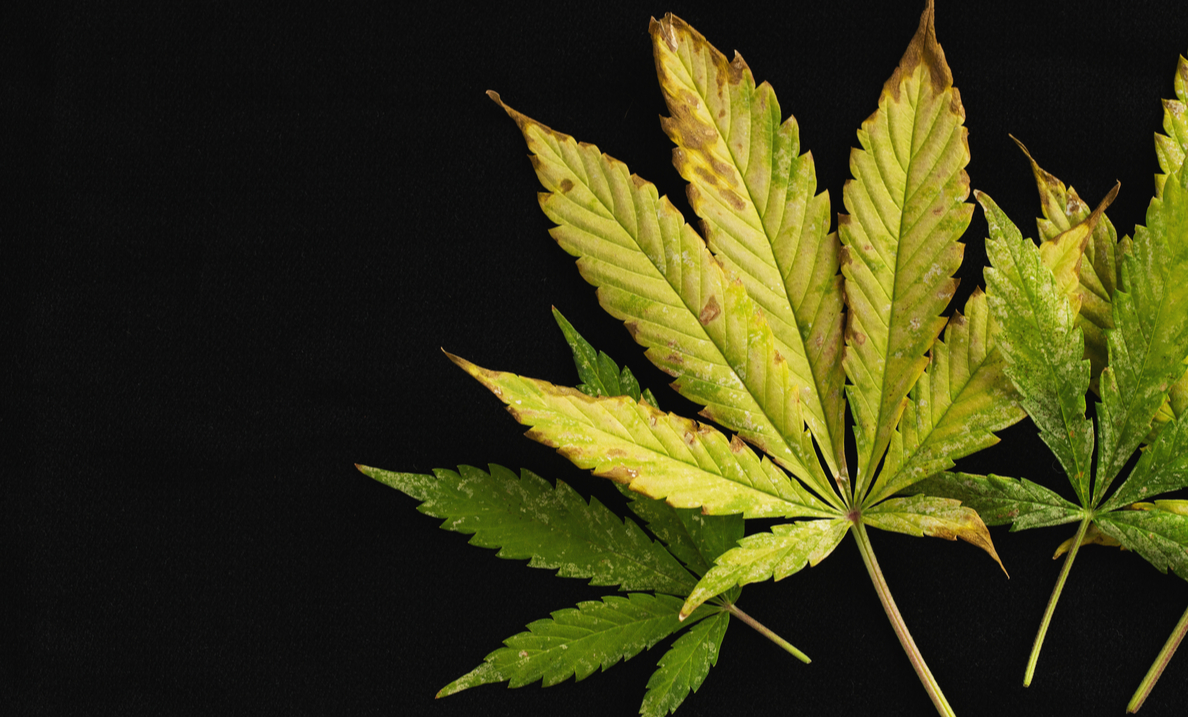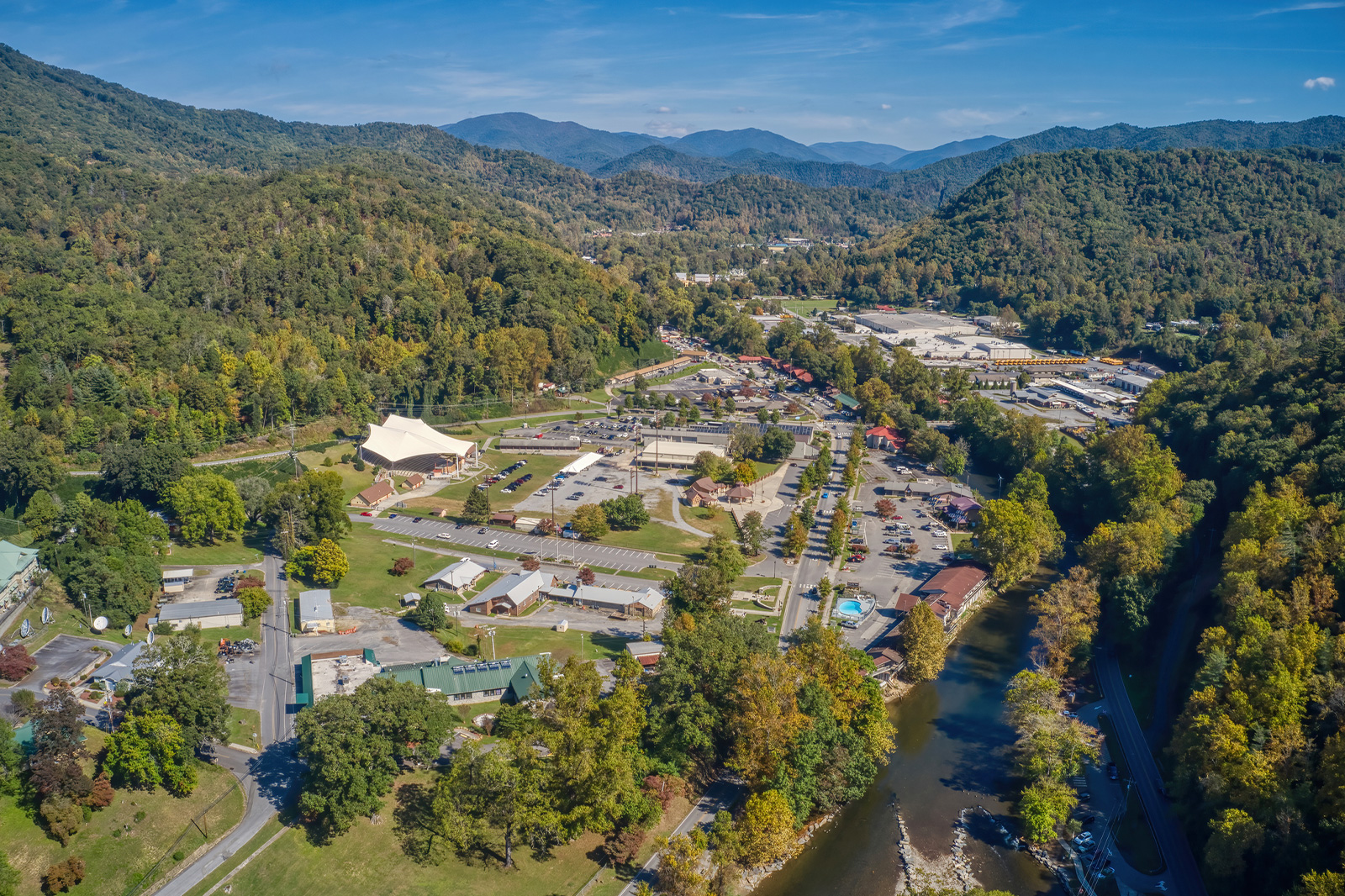There is a pesky, elusive disease infecting cannabis and hemp crops all across the United States. The dastardly nature of this viroid not only has the power to damage yields, cut into profits, and inflict a variety of operational setbacks for the average, enterprising farmer, but the slippery nature of the infection can impact the harvest with such ferocity that the unsuspecting grower is often left in ruins. What makes this viroid even more frightening, specifically to the cannabis cultivator’s bottom line, is its capacity to sneak in and spread throughout entire crops without any warning.
This viroid is called Hop Latent Viroid (HLVd). Heard of it? Chances are, you probably haven’t. It is a clandestine contagion that is wreaking havoc on the cannabis farming community, yet it hasn’t yet garnered much mainstream attention. You probably won’t see CNN News talking about HLVd and its impact on the cannabis industry. But make no mistake about it, HLVd is a profit-killing obligate pathogen, capable of costing the collective cannabis trade billions of dollars in losses.
This viroid can easily sideline even the most vigilant farmer because it is, without a doubt, super shifty. It is transmitted, often times, simply through the sharing of tools between infected and uninfected plants. It can and often does remain dormant for extended periods and rears its ugly head when least expected. No plant is safe, either, once it infiltrates the grow room, green house, or pasture. Even those farmers who opt to grow with seed to lessen their chances of an infection can still experience an aggressive transmission rate. There are no guarantees that seeds are clean.
The viroid mostly affects indoor and greenhouse operations, where temperatures remain controlled. Outdoor cultivation sites, however, are certainly not without substantial risk. Sure, a broader range of climate and more UV light certainly cuts down on the symptoms (puny plants, decreased strength, frail stems with less flower mass and sluggish trichomes) but outdoor growers aren’t always in the clear. One way or another, this viroid, if overlooked, will find a way to destroy.
Because of the quiet, mostly undetectable attack of the viroid, some experts argue that HLVd is perhaps the greatest threat to the legal cannabis industry. It can render thousands of dollars of cannabis virtually worthless. Let that sink in for a second. Amid all the other snags the average cannabis farmer must endure on a day-to-day basis – from equipment costs to determining market trends — a piece of RNA is the one factor that stands to drag a healthy harvest through the mud.
Although growers might take every responsible step to protect the overall health and potency of their crops, if HLVd slips in, it can be devastating. In many cases, yields can be rendered worthless.
HLVd can damage cannabinoid content, including THC levels. It can also crush terpene concentration. All it takes is one infected plant to leave hundreds of others in ruins. It’s like one day all is right in the world, cannabis crops are seemingly stellar, and then Boom! Every crop is destroyed and essentially stripped of its commercial value, leaving farmers teetering on bankruptcy.
HLVd is not to be ignored.
In fact, a recent report from Dark Heart Nursery shows that California growers have lost in upwards of 30% of their crops due to this disease. More to the point, researchers found that 90% of the state’s grow operations test positive for HLVd. Considering the data, HLVD is certainly not a rare condition. It could even become more prevalent and problematic for the cannabis industry as legalization becomes more widespread in coming years, and that should scare growers.
Chris Martinez, President of Kaycha Labs, says that cannabis farmers could lose substantial profits by simply not understanding how HLVd jeopardizes gains. Think about it like this: If a single plant generates $4500 and this disease strips away its value, farmers who don’t take the virus seriously are essentially throwing money away. “An infected plant experiencing both a 70% diminished yield and a decrease in potency of 35% would only generate $880 in revenue, translating into a revenue loss of $3620 (80% overall loss).” Martinez said.
It stands to reason that cannabis farmers need to learn how to stop HLVd dead in its tracks. Unfortunately, there is no magic solution to the problem. The best initial steps to prevent this obligate pathogen from swooping in and annihilating crops – stunting growth, incapacitating the production of terpenes, trichomes and cannabinoids — is for farmers to regularly test their crops to ensure this viroid isn’t making moves. By normalizing tissue testing as part of a cannabis farm’s daily cultivation responsibilities, it could mean the difference between profits and drastic loss.
The key to seeing those yields reside in the realm of profitability is early detection. The earlier the better. Kaycha Labs, in partnership with MH Verify, has developed a cost-effective field-testing tool called that can help keep a watchful eye. It allows farmers to identify potential hazards and assist in reducing the spread of this disease. Using isothermal amplification, a molecular biology technique that works by identifying and concentrating the presence or absence of a specific sequence of DNA or RNA in a sample, the MH Verify rapid HLVd test kit allows farmers to take preventative measures to curb further contamination. This technology should be viewed as the lead operative in any farmer’s Department of Plant Defense. It identifies the threat of HLVd and assists in mitigating the spread, providing farmers with the ability to adequately protect other plants before the viroid lays them to waste. It doesn’t take long to snuff out this viroid either. Testing results are typically available within an hour, giving farmers time to take action to increase yields. Call it an investment in peace of mind. Call it a preemptive strike. Just don’t get caught striking out during the next harvest when HLVd leaves your cannabis crop in pieces. Because it will if you let it.













